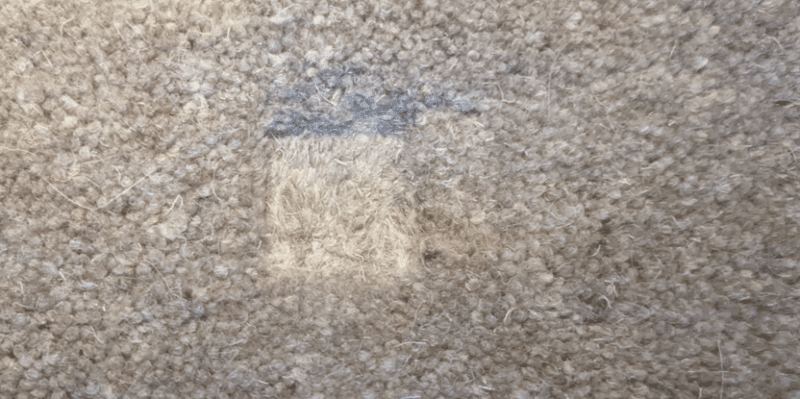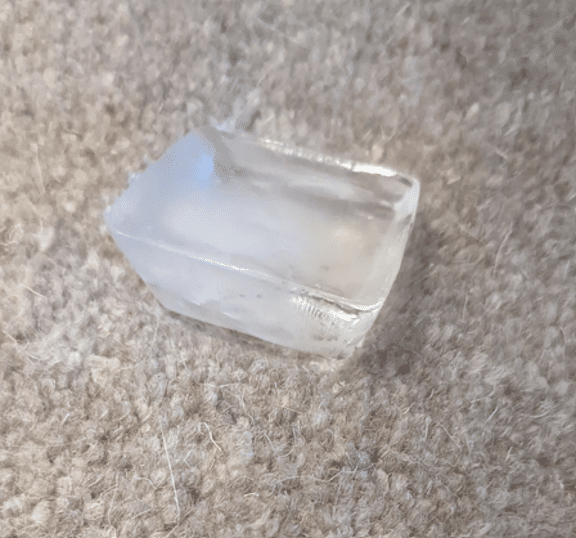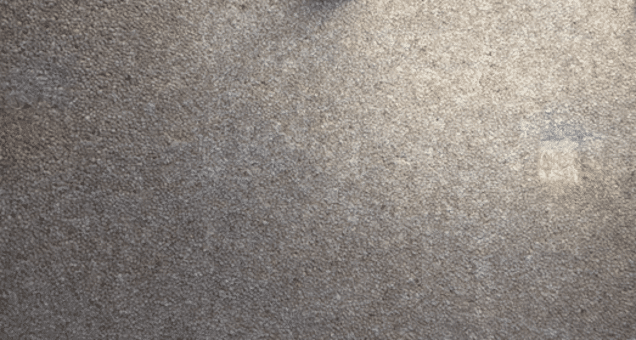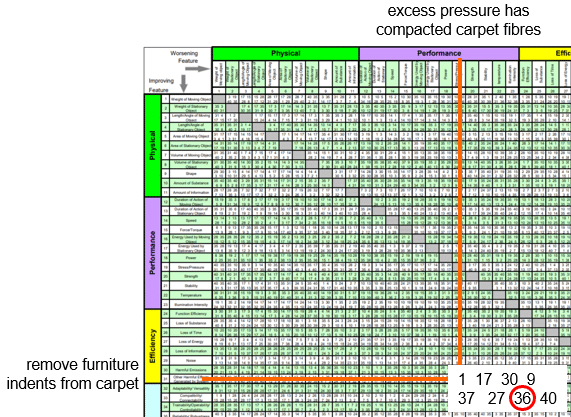
I have to admit this one surprised me. Many years ago, I happened across one of those websites offering advice for solving some of life’s trivial problems. The trivial problem in question being the indent marks left in carpets after heavy furniture has been stood on it for a prolonged period of time. The solution involved placing an ice cube into the indent and leaving it to melt. Hey presto, the website claimed, tomorrow the indent will have disappeared.
Finally, this week, after moving a piece of extremely heavy furniture and seeing the four rather depressing indents it had left behind, I knew something would have to be done if I was going to avoid having to move the extremely heavy furniture back again. After exhausting all traditional remedy routes – fingernails, wire-brush and catnip (cat claws having had a significant effect elsewhere on the carpet, albeit not in a good way) – it felt like time for an experiment.
One that I figured would best be done by trying one ice-cube in one of the indents. So that, if the experiment went horribly wrong, I’d be able to place a plant pot or something equivalent over one bit of worse-than-before carpet rather than four.

There was an immediate problem. The cat thought the ice-cube was a cunning new game. Meaning that, when I returned to look at what was happening to the carpet an hour after placing the ice-cube in the first indent, the ice cube had magically moved itself to a completely different, non-indented part of the carpet. The cat was duly instructed on the ways of science, and the need to not tamper with experiments. This mainly involved bribery of a prime chicken breast nature.
And so to the following morning. A carpet with three indents. Here’s a photo of the two of them. Or rather, one of the non-ice-cubed indents and – no longer there – the indent that had been subject to the ice-cube remedy. If the indent had still been there, it would have been on the left-hand side of the photo. It no longer existed.

Time to sacrifice another three ice-cubes, and another kilogram of chicken breast. And also time to see what TRIZ might have to say about the problem and solution. A classic conflict: I want to get rid of the unsightly furniture-caused indents and I can’t do it because the weight of the furniture has placed too much pressure on the carpet fibres and ‘irretrievably’ compacted them. Here’s what the Contradiction Matrix had to say about how others had solved similar conflicts:

And there was the surprising bit. Inventive Principle 36, Phase Transition. Melting ice-cubes. Principle 36 is one of the least frequently used of the forty. But there it was. Telling me I should have listened all those many years ago when I first saw the dumb ice-cube trick. It wasn’t dumb, it was what the world’s smartest problem solvers did.
I can sense a whole new series of dumb-ancient-remedies-that-aren’t-dumb-at-all case studies on the horizon. Next up, rhubarb and my collection of burnt pans…
